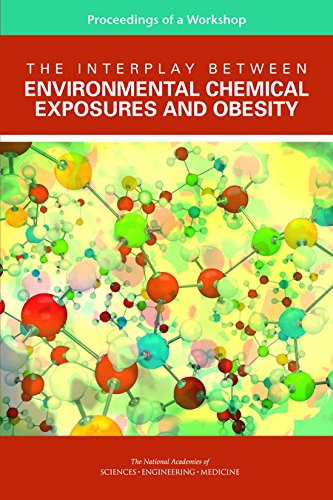

Most ebook files are in PDF format, so you can easily read them using various software such as Foxit Reader or directly on the Google Chrome browser.
Some ebook files are released by publishers in other formats such as .awz, .mobi, .epub, .fb2, etc. You may need to install specific software to read these formats on mobile/PC, such as Calibre.
Please read the tutorial at this link: https://ebookbell.com/faq
We offer FREE conversion to the popular formats you request; however, this may take some time. Therefore, right after payment, please email us, and we will try to provide the service as quickly as possible.
For some exceptional file formats or broken links (if any), please refrain from opening any disputes. Instead, email us first, and we will try to assist within a maximum of 6 hours.
EbookBell Team

4.0
36 reviewsIn March 2015, the National Academies of Sciences, Engineering, and Medicine held a workshop to explore the role that chemical exposures may play in the development of obesity. The obesity epidemic that has gripped the United States and much of the developed world for the past several decades has proved remarkably resistant to the various approaches tried by clinicians and public health officials to fight it. This raises the possibility that, in addition to the continued exploration of consumer understanding and behavior, new approaches that go beyond the standard focus on energy intake and expenditure may also be needed to combat the multifactorial problem of obesity.
The speakers at the workshop discussed evidence from both studies with animal models and human epidemiological studies that exposure to environmental chemicals is linked both to weight gain and to glucose tolerance, insulin sensitivity, inflammation, and other aspects of the metabolic syndrome. In addition to conventional environmental chemical exposures, this workshop also included one panel to discuss the potential role of other exposures, including sugar, artificial sweeteners, and antibiotics, in aiding or causing obesity. The participants also examined possible biological pathways and mechanisms underlying the potential linkages. This publication summarizes the presentations and discussions from the workshop.